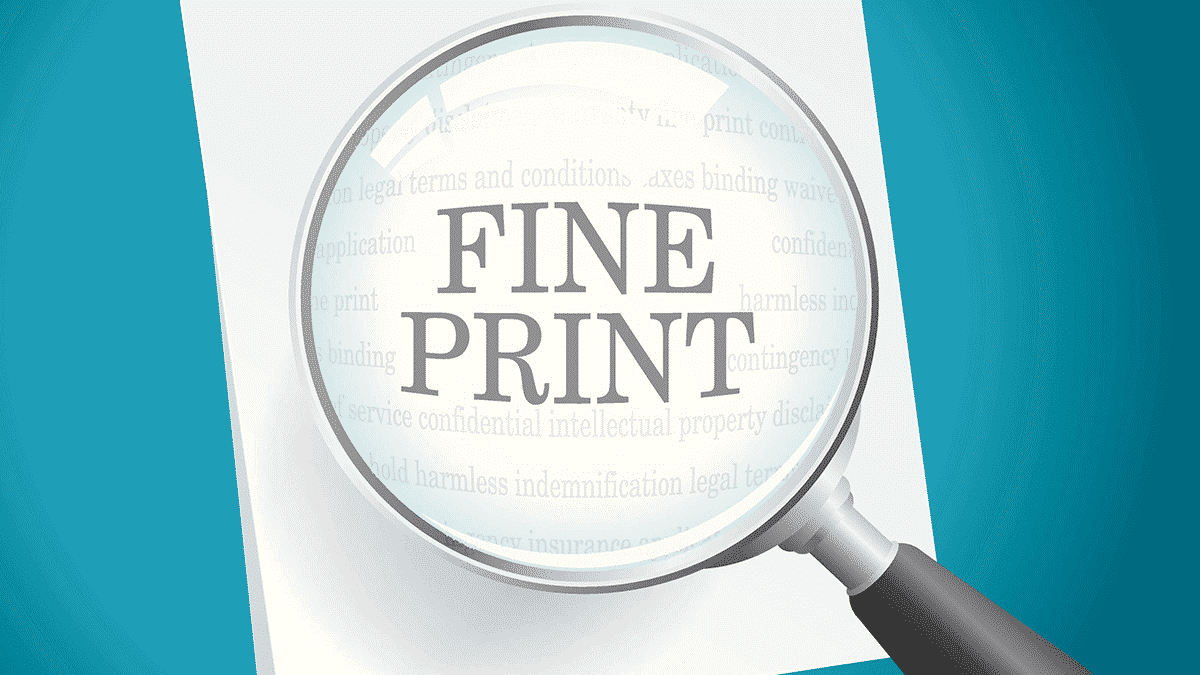In this guide
When you’re saving for your retirement, it’s important to understand not only where your super contributions are going, but also the type of benefit you’re likely to receive when it finally comes time to sign off from the workforce.
Your actual retirement benefit will depend on lots of different factors, such as how much you’ve contributed, how investment markets have performed, which investment option you chose and whether your employer made extra contributions on your behalf.
There’s another factor that can also have an impact: whether you’re a member of an accumulation or a defined benefit (DB) super fund. So, it’s worth learning a bit more about the differences between these fund structures to understand the impact this has on your retirement nest egg.
Accumulation or defined benefit: What’s the difference?
These days, most Australians are members of an accumulation super fund but it was a different story in the days before super became a workplace entitlement for all employees.
Back then – if you had a super account at all – it was much more likely to be in a defined benefit super fund. As the Productivity Commission’s 2018 report noted, super “began in 1862 with the establishment of a defined benefit pension fund for the employees of the Bank of NSW. Superannuation followed this model for the next 100 years: defined benefit pension funds were established for a minority of employees, who were generally higher-paid white-collar employees in the private sector or civil servants in the public sector.”
Defined benefit super funds are the traditional funds and accumulation funds are their younger siblings.
But being an older type of super fund doesn’t mean a defined benefit fund is outdated. In fact, in many ways they offer their members a much better deal than the newer style accumulation funds. In many other countries, pension (or super) funds offer their members defined benefits, with accumulation pension funds being much less popular.
Who gets to be in a defined benefit fund?
Accumulation super funds are now far more common than defined benefit (DB) super funds in Australia. Most of the industry and retail super funds open to the public – or offered to employees when they join a new company – are accumulation funds.
The few remaining defined benefit funds are mainly for public sector (government) and corporate employees. Even then, most are now closed to new members.
Some of the remaining large corporate defined benefit super funds include TelstraSuper, Qantas Super, Australia Post Super Scheme and Westpac Group Plan (Defined Benefit). Other large defined benefit funds include the Commonwealth Superannuation Scheme (CSS) fund, Military Superannuation and Benefits Scheme (MSBS), Public Sector Superannuation Scheme (PSS), UniSuper (only part of the fund) and the WA-based Gold State Super and West State Super.
Calculating your withdrawal benefit: Accumulation vs. defined benefit
1. Accumulation (or defined contribution) super funds
In an accumulation super fund, it’s all about how much you accumulate in your super account over time from super contributions and investment earnings, minus fees, taxes and charges.
2. Defined benefit (DB) super funds
In a defined benefit fund, your super benefit when you retire is not solely dependent on super contributions and investment earnings.
In these funds, your employer is required to contribute regularly towards the defined benefit you receive when you retire. These employer contributions are not allocated to individual member accounts; instead they are allocated to a defined benefit pool, from which all of the fund’s defined benefits are paid to members.
What you receive when you retire (or leave your employer) and withdraw your super benefit is based on a formula in the rules (trust deed) of your defined benefit super fund and these vary between individual defined benefit funds.
If you are a member of a defined benefit super fund, the amount you receive will depend on factors like:
- How much your employer has contributed into your account
- How much you have contributed
- How long you have worked for your employer
- Your final average salary when you retire.
Pros and cons of defined benefit funds
Pros | Cons |
|---|---|
| Employer/super fund is responsible for providing a fixed future benefit to you | Future super benefits do not belong to you and they are not always fully transportable if you change super funds |
| Eliminates worry about the future performance of investment markets | Tax rules may differ when you withdraw your benefit (see section below) |
| Guaranteed payout amount based on a clear formula | You have no say in how the super fund’s assets are invested |
| Your payout amount is not affected by performance of investment markets | Your benefit may not be adjusted for inflation |
| Takes the guesswork out of knowing how much you will have at retirement | Fund rules could be modified, leaving you with a different level of benefits at retirement than you expected |
| No need to select an investment option for your super account | May be possible to achieve a bigger retirement benefit in an accumulation fund, depending on the investment option you select |
| Allows you to work out how long you will need to continue working to retire with a set amount | In some older DB funds, your benefit does not vest* if you leave the employer before a certain age |
*Vesting is the inclusion of all or part of your employer’s contributions in the benefit payment you receive if you terminate your employment before being eligible to receive a retirement benefit (e.g. before age 55). If your DB super fund’s rules provide partial vesting, only some of your employer’s contributions are added to your benefit if you leave. Generally, this only occurs in the older, closed government super funds for long-term public servants.
Defined benefit fund members: Know the rules
If you decided to take your benefits out of a defined benefit super fund, or want to consolidate them with another super fund account (including an SMSF), check the rules of your super fund carefully. Leaving your defined benefit fund may result in the loss of valuable benefits, such as generous, low-cost insurance cover and extra contributions from your employer.
It’s also important to remember that if you are a member of a defined benefit fund, in some circumstances your tax rate may be different when you reach age 60 and withdraw your benefits. Generally, when you are aged 60 or over and decide to take a super pension, all your pension payments are tax free.
If you are a member of a small number of defined benefit super funds (untaxed defined benefit schemes or constitutionally protected funds), or you receive a defined benefit pension over the annual Defined Benefit Income Cap ($106,250 in 2021–22), you may be required to pay tax on part of your super pension.
The ATO website has a Defined Benefit Income Cap Tool you can use to work out if the cap applies to you.











Leave a comment
You must be a SuperGuide member and logged in to add a comment or question.